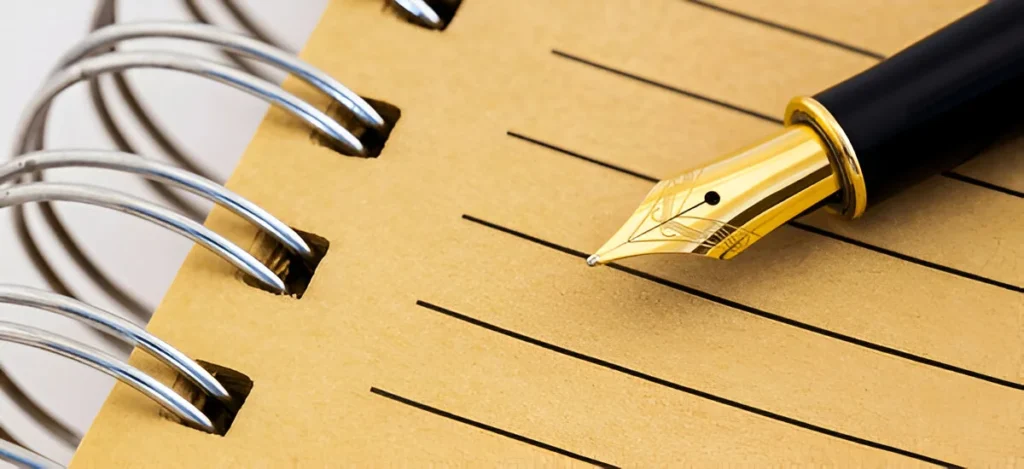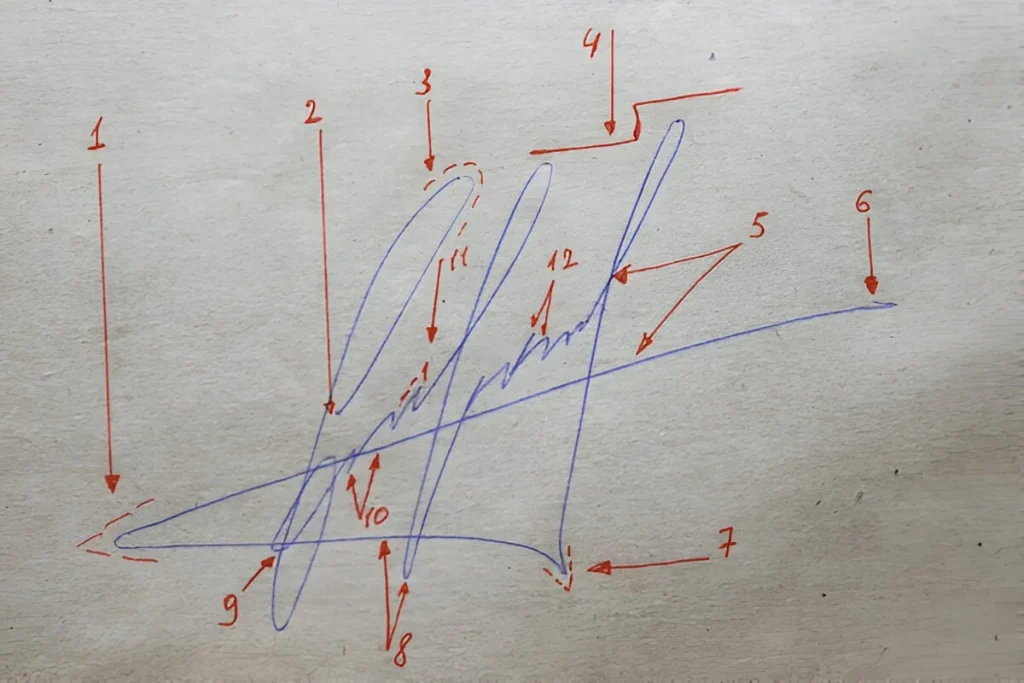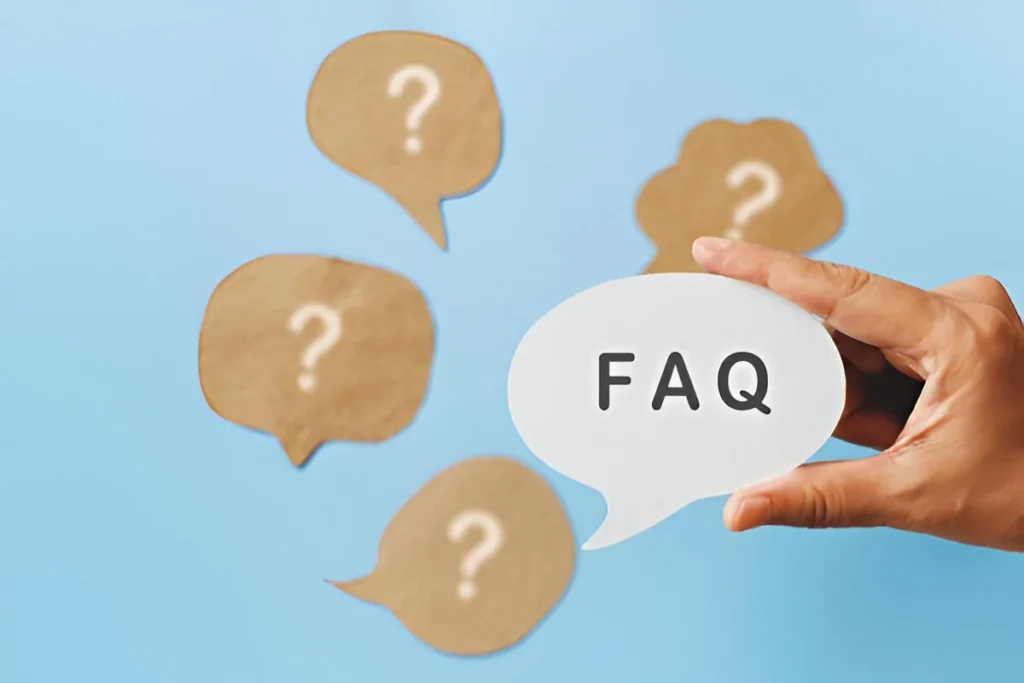How to Analyze Your Handwriting for Personal Growth
Analyze your handwriting to uncover your personality, emotions, and mindset. Learn the psychology behind graphology, how it aids personal growth, and expert insights from a reputed Graphology Institute.
Understanding the Connection Between Handwriting and Personality
Your handwriting is more than just a means of communication — it’s a mirror reflecting your inner thoughts, emotions, and subconscious patterns. The way you form letters, the pressure you apply, and even the spacing between words can reveal insights about your personality and mindset.
In recent years, the study of handwriting, known as graphology, has gained immense popularity for its ability to decode human behavior and promote personal development. When you learn to analyze your handwriting, you begin to see your strengths, emotional triggers, and potential areas of growth with surprising clarity.

What Makes Handwriting So Unique?
Every person’s handwriting is distinct, much like a fingerprint. This uniqueness stems from how our brain coordinates with our hand movements. The pressure, rhythm, and size of letters often change based on emotions, confidence, and mental state.
For example:
- Someone who writes with light pressure may have a sensitive and empathetic nature.
- A person with large, open letters might be extroverted and expressive.
- Tight spacing can indicate introversion or a need for personal boundaries.
These subtle patterns serve as clues, helping professionals and individuals alike understand underlying traits that may not always be visible in everyday interactions.
The Science Behind Handwriting Analysis
Modern graphology combines psychology, neuroscience, and behavioral science to interpret handwriting. The brain’s motor cortex controls hand movements, and since emotions influence neural pathways, your writing unconsciously reflects your inner world.
When you analyze your handwriting, you’re essentially examining how your mind translates thoughts and feelings into written form. This makes it a powerful self-awareness tool for:
- Identifying emotional patterns
- Understanding thought processes
- Enhancing communication styles
- Building confidence and clarity
Over time, this awareness can help individuals break limiting patterns, manage stress better, and cultivate positive habits for personal growth.

How to Analyze Your Handwriting for Personal Growth
Learning to analyze your handwriting doesn’t require professional expertise at the start — it simply takes curiosity, observation, and reflection. Here are a few steps to get started:
1. Observe the Size of Your Writing
- Large letters: Confidence, sociability, or a desire for recognition.
- Medium letters: Balanced personality and adaptability.
- Small letters: Focus, precision, and introspection.
2. Check the Slant of the Writing
- Right slant: Emotional expressiveness and warmth.
- Left slant: Caution, independence, and introspection.
- No slant (upright): Rational thinking and self-control.
3. Study the Pressure of the Pen
- Heavy pressure: Determination and high energy.
- Light pressure: Sensitivity and flexibility.
4. Look at the Spacing
- Wide word spacing: Need for personal freedom and clarity.
- Narrow spacing: Desire for closeness or social connection.
5. Focus on the Shape of Letters
- Rounded letters: Creativity and empathy.
- Angular letters: Analytical and goal-oriented mindset.
These details reveal emotional tendencies and thought processes, allowing you to understand what motivates or limits you in personal and professional areas.

Why Handwriting Analysis Helps in Personal Development
Understanding yourself through handwriting can open doors to transformation. Here’s how it contributes to growth:
- Emotional Awareness: Recognize suppressed emotions and release stress through self-reflection.
- Improved Relationships: Understand how your communication style affects others.
- Better Decision-Making: Identify patterns that influence your choices and behaviors.
- Increased Confidence: Discover your strengths and work consciously on areas of improvement.
- Mind-Body Balance: Writing consciously can bring emotional clarity and calmness.
When you continuously analyze your handwriting, you also notice how personal growth manifests physically — improved clarity, smoother lines, and more consistent writing often mirror inner harmony.
The Role of Graphotherapy in Growth
Beyond observation, graphology also involves graphotherapy — the practice of improving personality traits by making conscious changes in handwriting.
For example:
- Writing with slightly upward strokes promotes optimism.
- Balanced spacing enhances focus and self-discipline.
- Steady pressure reflects emotional stability.
Small handwriting adjustments, when practiced regularly, can rewire subconscious patterns and influence how you think and act. This fascinating concept shows how the mind-body connection can be harnessed for personal transformation.
Applications of Handwriting Analysis in Modern Life
The benefits of learning to analyze your handwriting extend far beyond self-awareness. Today, it’s used across multiple domains:
- Career Guidance: Helps identify suitable professions based on traits like focus, creativity, and leadership.
- Relationship Counseling: Reveals compatibility and emotional communication styles.
- Recruitment and HR: Some organizations use handwriting analysis for personality assessment.
- Education: Supports child development by identifying behavioral tendencies early.
- Therapy and Coaching: Assists in identifying emotional blocks and supporting healing.
The Best Graphology Institute in Kolkata and other reputed centers train individuals and professionals to apply these insights effectively, combining psychology with practical growth techniques.
Debunking Common Myths About Handwriting Analysis
Despite its proven benefits, graphology is often misunderstood. Let’s address some common misconceptions:
- Myth 1: It’s fortune-telling.
Fact: Graphology is a scientific study of personality, not a predictive art. - Myth 2: Your handwriting never changes.
Fact: It evolves with your mindset, emotions, and personal growth. - Myth 3: Two people can have identical handwriting.
Fact: Every person’s handwriting is unique, reflecting their individuality. - Myth 4: It’s only for psychologists.
Fact: Anyone can learn and benefit from handwriting analysis.

FAQs
Q1. Can handwriting reveal mental or emotional stress?
Yes. Irregular pressure, uneven slants, or inconsistent spacing may indicate stress or emotional imbalance.
Q2. How often should I analyze my handwriting?
You can review it every few months to observe changes and track personal growth.
Q3. Is it possible to change personality through handwriting?
Graphotherapy suggests that intentional handwriting changes can help shift thought patterns and behaviors positively.
Q4. Can children benefit from handwriting analysis?
Absolutely. Early handwriting studies can help parents understand emotional tendencies and learning styles.
Q5. How accurate is handwriting analysis?
When conducted by trained experts, it can provide deep psychological insights with notable consistency.
Writing Your Way to a Better You
Your handwriting is not just a reflection of who you are — it’s a roadmap to who you can become. Each stroke and curve holds meaning, waiting to be explored.
When you analyze your handwriting with awareness, you gain the power to transform your emotions, thoughts, and actions. Through this journey, you begin to align your inner world with your outer goals, fostering confidence and clarity.
Guided by scientific insights and expert training from institutions like the Institute of Graphology, many individuals have experienced remarkable self-growth through this practice.
Ultimately, self-discovery begins with a pen in your hand — and every word you write can bring you closer to your best self.
